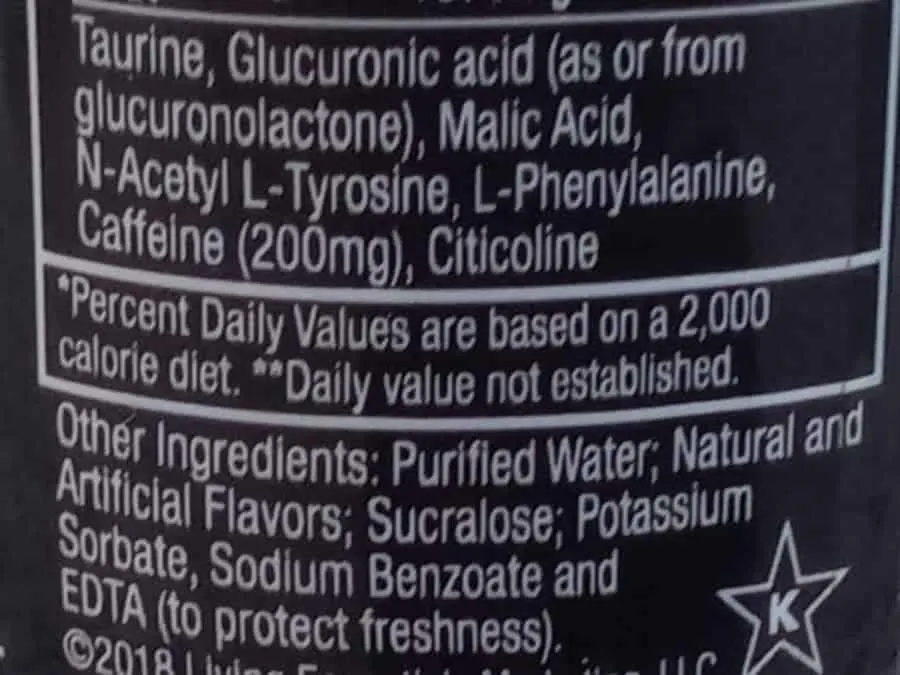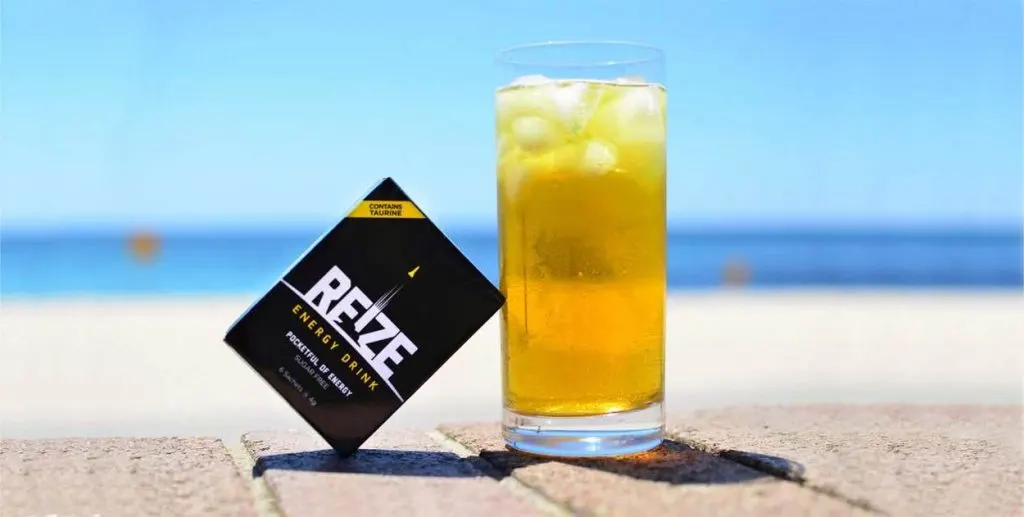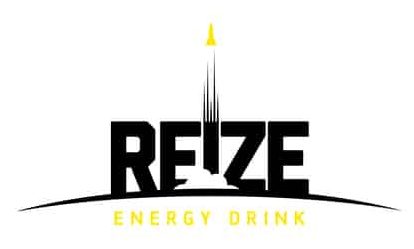Before anything else, I just want to say that anything that I would say in this article is just my personal perspective based on my own experience. I’m simply going to express my own thoughts here.
My goal for this article is not to put a bad name for certain energy drinks brands that I will be mentioning but to give you, my readers, an informed decision on what energy drink to consume. You are highly encouraged to do your own research.
In my opinion, it’s best to avoid energy drinks that have a lot of caffeine, sugar, and calories since excessive consumption of those can lead to adverse effects.
So, without further ado here’s my unbiased review of the worst energy drinks I’ve ever tried!
What Makes an Energy Drink Bad?
Just so we’re clear, drinking energy drinks in moderation is unlikely to have any adverse effects on your health. It’s important to note that certain beverages are only dangerous when consumed in large doses.
The reason for this is that energy drinks are loaded with caffeine, leading to dehydration and an increased risk of kidney stones if consumed in excess.
Furthermore, energy drinks are loaded with sugar and calories which aren’t essential for a healthy lifestyle. For the most part, they’re less than half of what the FDA recommends.
These are some of the probable long-term consequences of excessive energy drink intake.
- dehydration
- anxiety
- insomnia
- caffeine addiction
- obesity
In short, too much caffeine, sugar, and calories is what makes an energy drink not good.
Is Red Bull Worse than Monster?
Quite the contrary! In fact, more than twice as much caffeine is found in Monster than in Red Bull energy drinks.
This is one of the most important differences between the two. Red Bull and Monster both contain caffeine, but we can see that Monster has twice as much, having 160mg per 16 fl oz can.
There is a point to this argument, though. The cans from these two brands differ in size.
However, if we look at the caffeine content of half the can of Monster (8 fluid ounces), we’ll find that it would have the same amount of caffeine as Red Bull (8.4 fluid ounces). To put it another way, Monster has a somewhat higher potency per fluid ounce than Red Bull.
To sum up, both energy drinks are market leaders, and it’s not hard to know why; both deliver a big energy boost at a reasonable price and have been around enough to conclude that they are reliable.
Both brands give an enjoyable energy drink experience, thanks to their high sugar and carbohydrate content. However, that may be a significant roadblock since you also have to take your health into account.
What Energy Drinks Are Toxic?
As I’ll explain in a minute, 5-Hour Energy is the most toxic, in my opinion.
When too many of these shots are consumed, a series of unfortunate events unfold. This is because each shot of 5-Hour Energy contains 200mg of caffeine and that much caffeine in such a small volume (1.93 fl oz) can be dangerous.
In addition, the tiny volume of 5 Hour Energy means you’ll be guzzling it rapidly, which means you’ll be consuming a lot more caffeine in a shorter period than you’re accustomed to.
However, if your caffeine metabolism is robust enough, a shot of 5 Hour Energy is undoubtedly faster and more potent than the average energy drink.
But since my preferred caffeine dosage ranges from 50 to 100 mg per serving, the high caffeine content in 5-Hour Energy isn’t something I really like.

What’s the Worst Energy Drink?
Rockstar energy drinks may have a catchy name and can deliver a quick burst of energy, but that’s about where the perks stop for me. These beverages are not good for you in terms of nutrition, mainly because of their sugar content.
Just so you know, a typical 240-milliliter serving of Rockstar Energy has 31 grams of sugar in addition to a variety of ingredients. There are two servings in each 480-milliliter can, and each serving has 62 grams of sugar, which is a lot of sugar!
There is no need to be a health expert to realize that’s quite a bit. It’s a lot higher than the maximum daily allowance of 6-9 teaspoons of added sugar recommended by the AHA, even if you keep to one serving.
Overconsumption of added sugar has been related to several health problems, including an increased risk of stroke and heart attack, and I think this energy drink is a NO for me.
What Energy Drink is the Least Bad for You?
For me, Runa is probably the least harmful energy drink on the market.
RUNA is a healthier option for energy drinks in terms of calories and sugars.
To put it simply, the Amazonian super leaf guayusa, which is naturally rich in antioxidants and caffeine, is the source of RUNA’s energy-giving power. Not to mention, RUNA energy drinks are both gluten-free and vegan-friendly.
It’s more critical than ever for university students, career men and women, athletes, and gamers to have a little pick-me-up today. However, with RUNA’s new beverage mix and revamped brand, people can now obtain their caffeine fix more conveniently than ever before.
I’m confident that you’ll like the reformulated RUNA because of its organic components and low-calorie taste.
Energy Drinks You Should Try
Listed below is a selection of must-try energy drinks that I know you’ll like.
| Energy Drinks | Caffeine | Sugar | Calories |
| Advocare Spark | 120 mg | 0 g | 20 cal |
| GURU Energy | 100 mg | 18 g | 80 cal |
| REIZE (10 out of 10) | 50 mg | 0 g | 11 cal |
Advocare Spark
Advocare Spark‘s components and overall flavor are relatively clean compared to other powdered energy drinks.
As a bonus, although it includes artificial sweeteners like sucralose, Advocare Spark does not contain any sugars.
In terms of affordability, it costs $2.20 per serving. Considering that, Advocare Spark is a really reasonable price for an energy drink.
GURU Energy
GURU Energy may be an excellent option for you because of its fresh flavor and organic components.
To top it all off, Guru uses only natural compounds derived from plants and does not contain any preservatives, minerals, or B vitamins in its formulations. Also, GURU 8.4 fl. oz. may include 100mg of caffeine, which is reasonable compared to other energy drinks on the market.
If you want to drink anything beneficial to your health, you should stick to drinking water. Even still, you have to give GURU justice when it comes to nutrition, as it went to great lengths to eliminate synthetic ingredients and additives.
REIZE (Must-Try)
You haven’t really tasted it all if you haven’t tried REIZE yet!
If you’re looking for something that isn’t too much or too little in terms of caffeine, this is it.
Not to mention the fact that you’d need to down eight packs of REIZE to exceed the recommended daily intake. Also, you don’t have to worry about your sugar intake with REIZE since it is sugar-free!
In addition, it includes several beneficial components, such as ginseng and taurine. And what’s even better? For only $1 for each sachet, you can get a serving of it shipped to your home!
You can’t beat the price of this energy drink, either. How long have you been sleeping on this? Get your hands on REIZE right now!

Other Energy Drinks to Try:
Verdict
Energy drinks packed with sugar and caffeine don’t even come close to providing the total health benefits we’re looking for in this day and age. But, like with everything in life, moderation is key.
Drinking one can of energy drink isn’t expected to have any long-term damaging consequences. But as a rule of thumb, it’s best to avoid drinking them regularly and it’s not recommended that you should rely entirely on them for your daily energy needs.
Still, nothing beats drinking lots of water, having plenty of sleep, living an active lifestyle, and eating a balanced diet.

